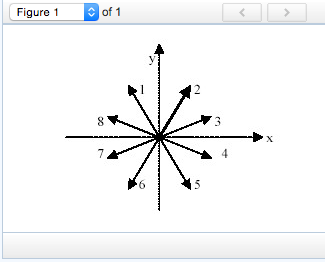37239 Lecture : Vectors notes
5 views2 pages
Document Summary
In physics, a vector is a quantity that has both magnitude and direction. Some common examples of vector quantities include displacement, velocity, acceleration, force, and momentum. Vectors can be represented graphically by an arrow, where the length of the arrow represents the magnitude of the vector, and the direction of the arrow represents the direction of the vector. To perform calculations involving vectors, it is important to understand some basic operations such as vector addition, subtraction, and multiplication. When two vectors are added together, the resulting vector is called the resultant vector. The resultant vector can be found by adding the x-components and y-components of the two vectors separately. Given two vectors a and b, the resultant vector r is given by: The x-component of the resultant vector r is given by: The y-component of the resultant vector r is given by: When two vectors are subtracted from each other, the resulting vector is called the difference vector.
Get access
Grade+20% off
$8 USD/m$10 USD/m
Billed $96 USD annually

Homework Help
Study Guides
Textbook Solutions
Class Notes
Textbook Notes
Booster Class
40 Verified Answers
Class+
$8 USD/m
Billed $96 USD annually

Homework Help
Study Guides
Textbook Solutions
Class Notes
Textbook Notes
Booster Class
30 Verified Answers

